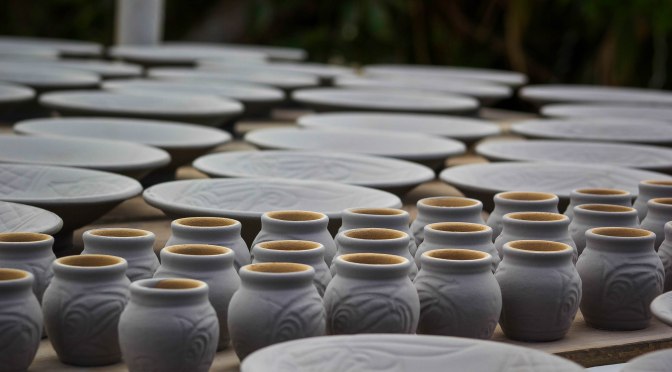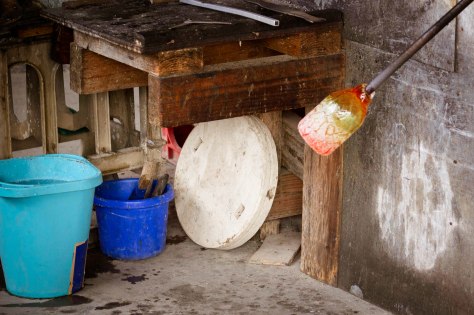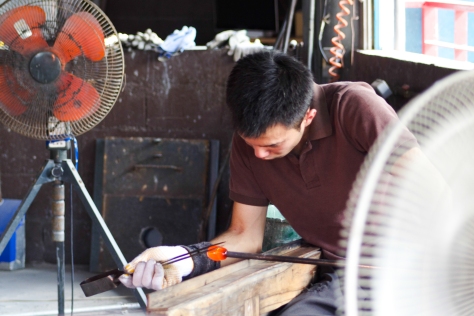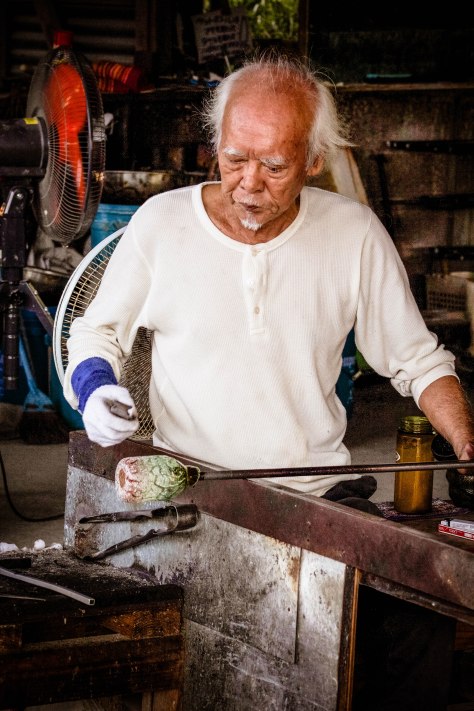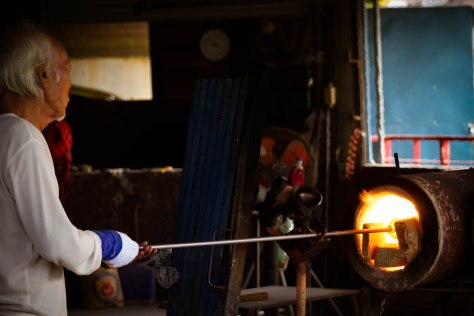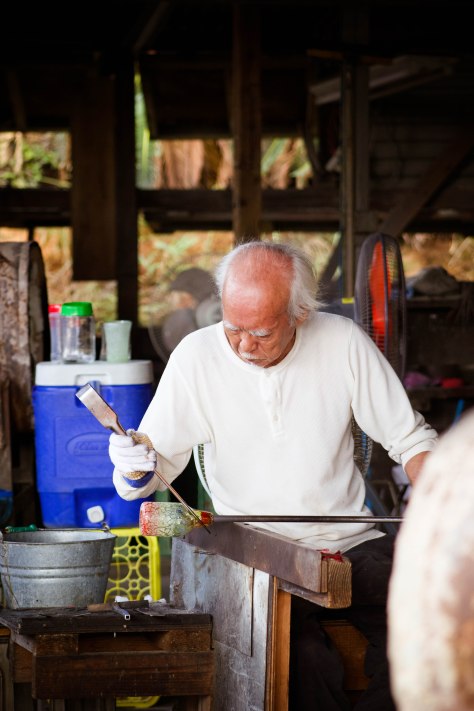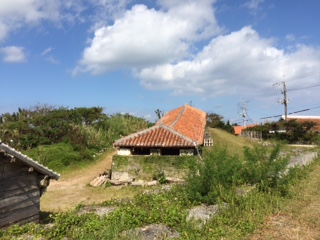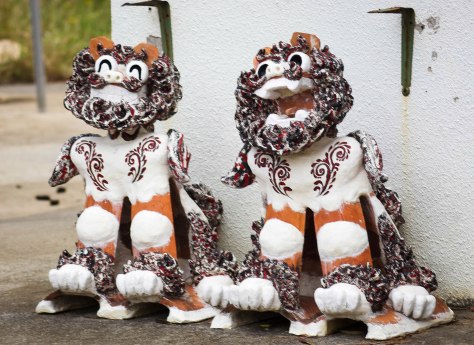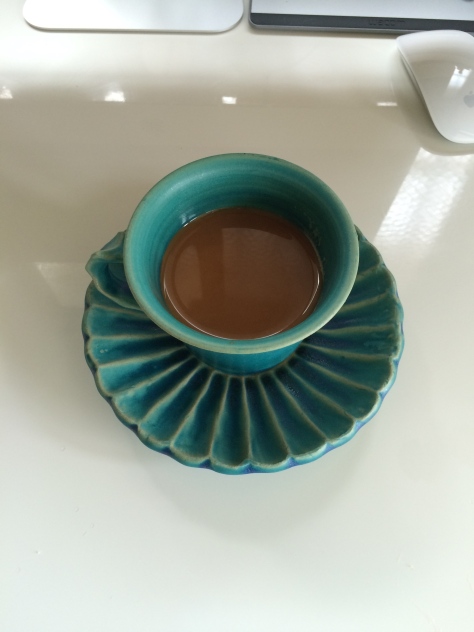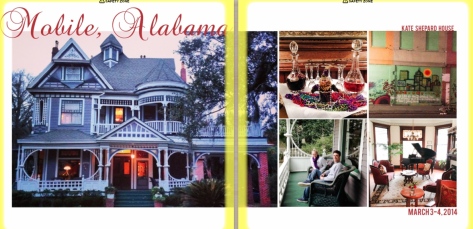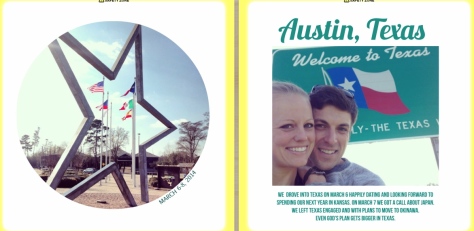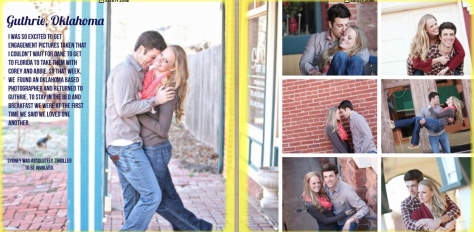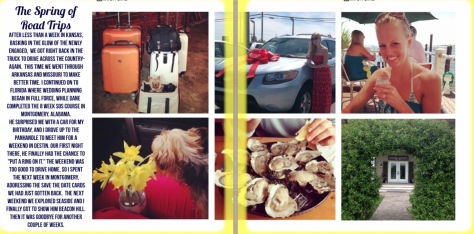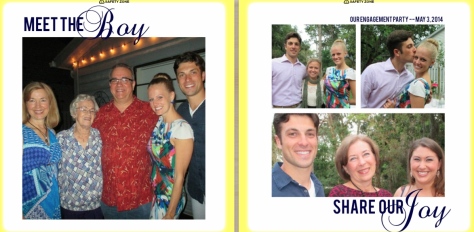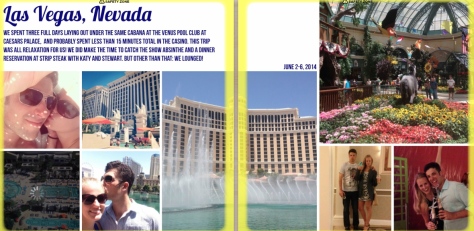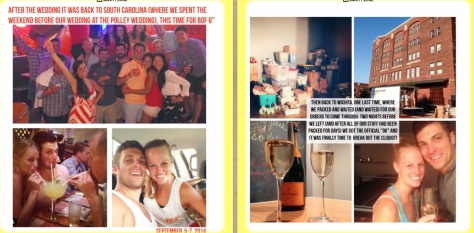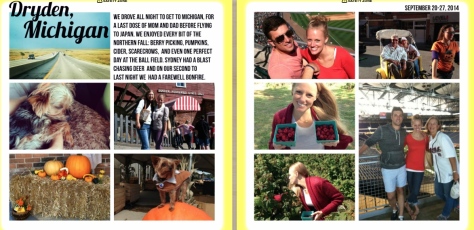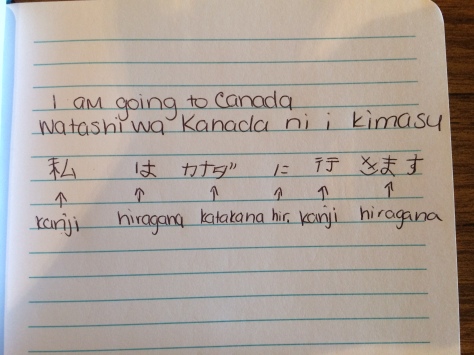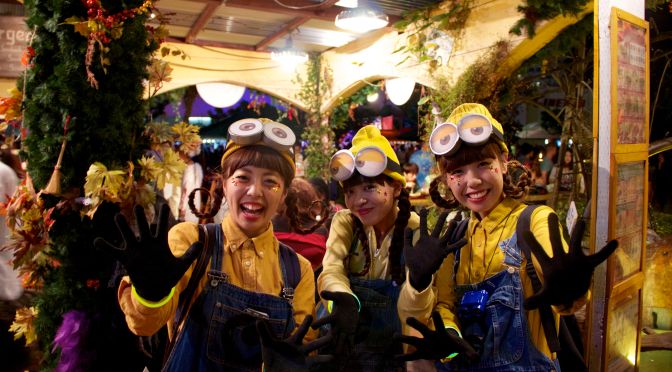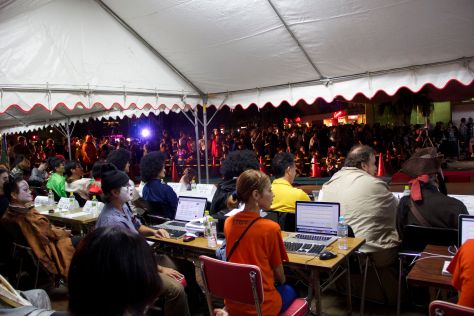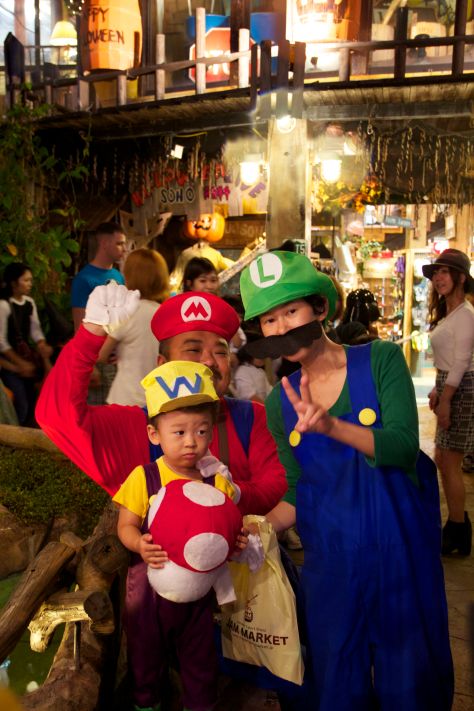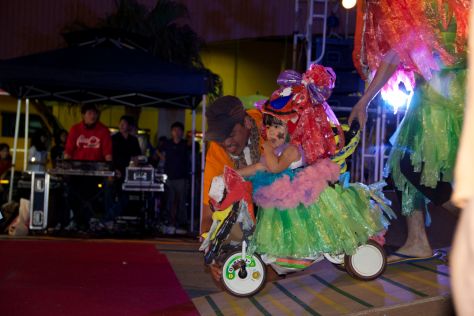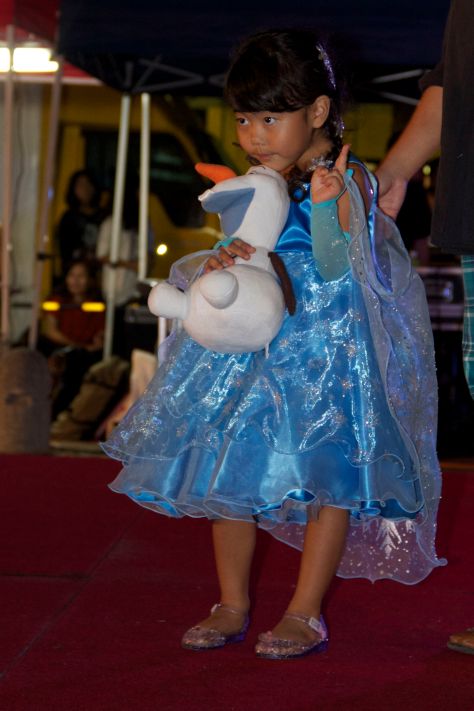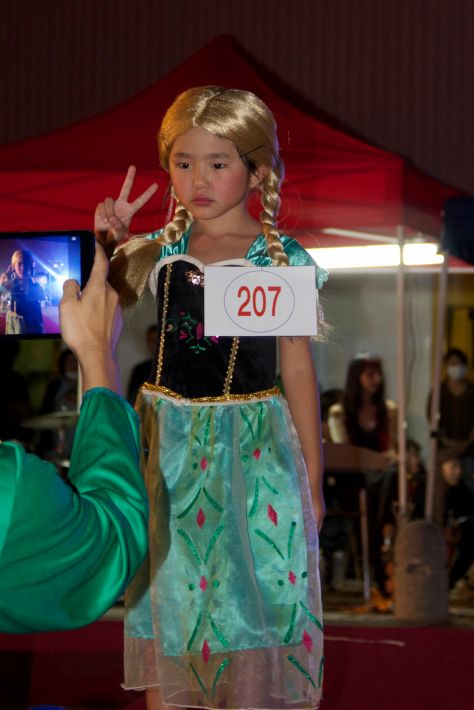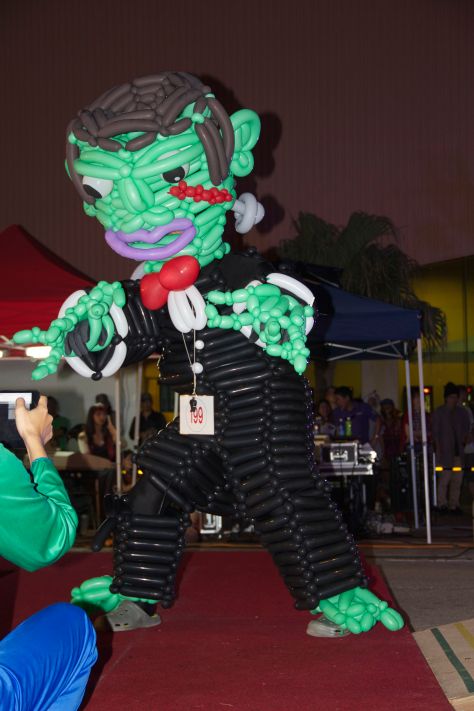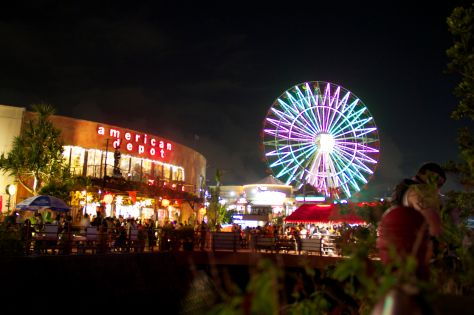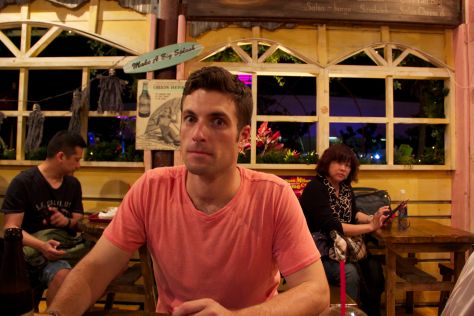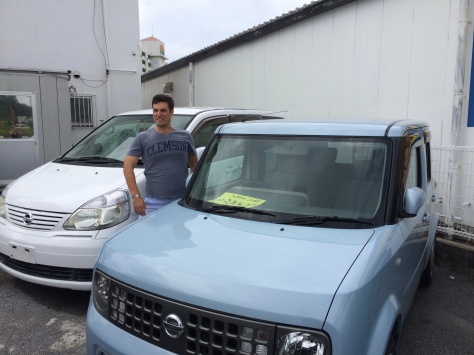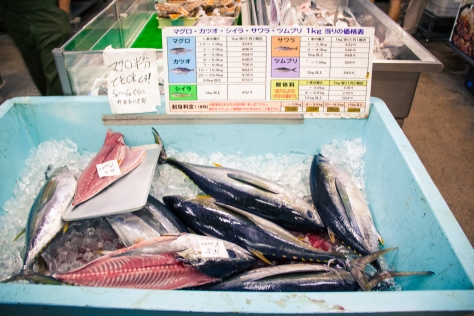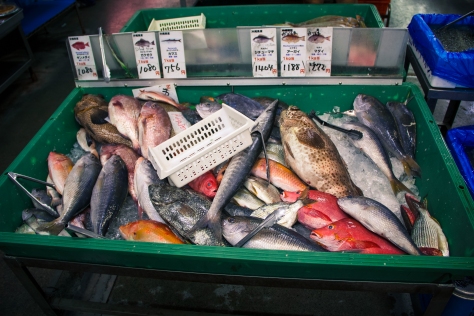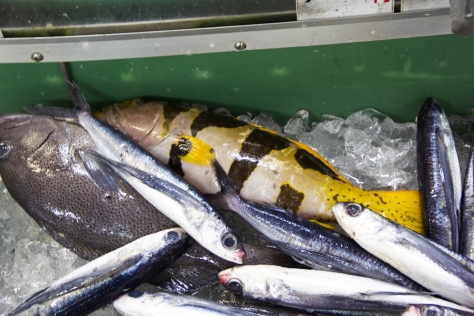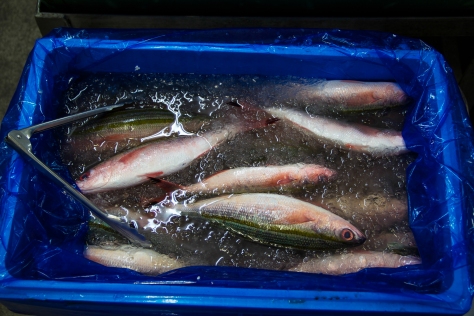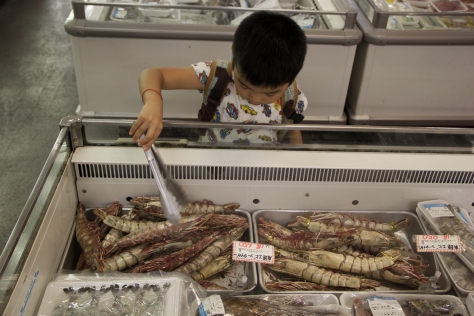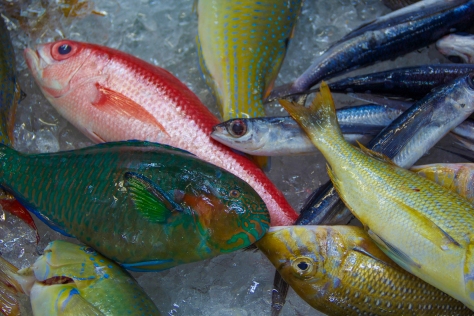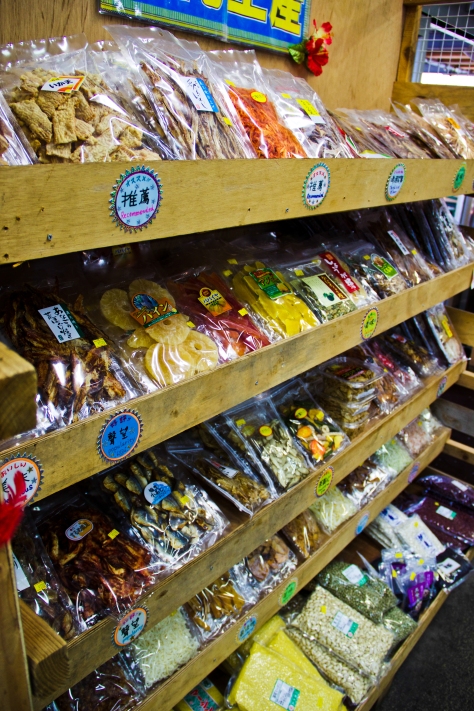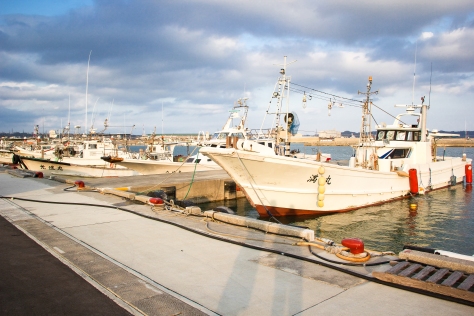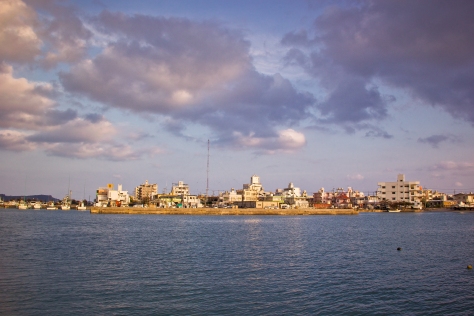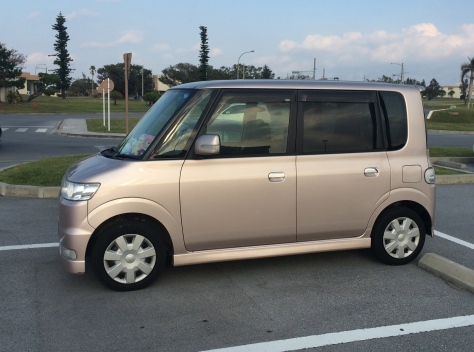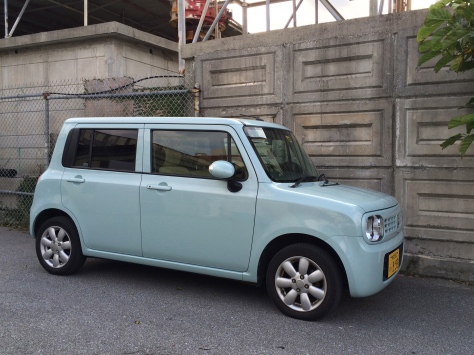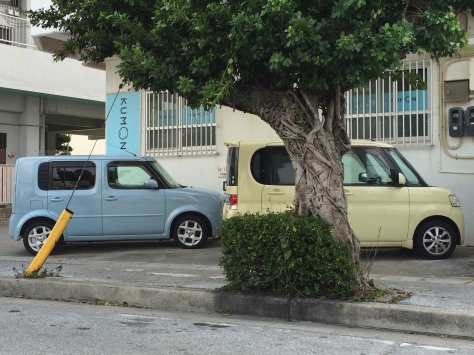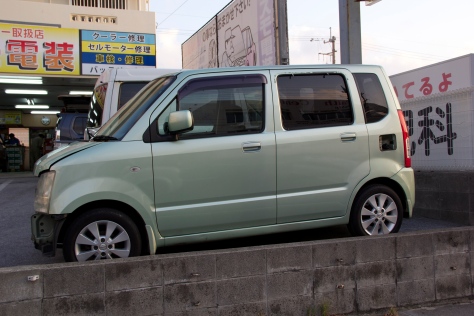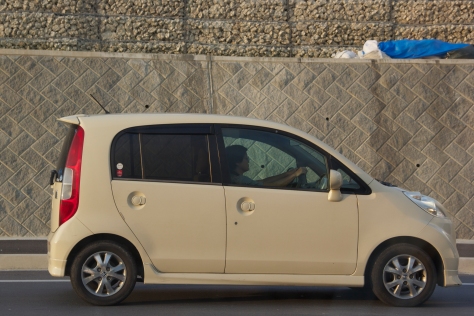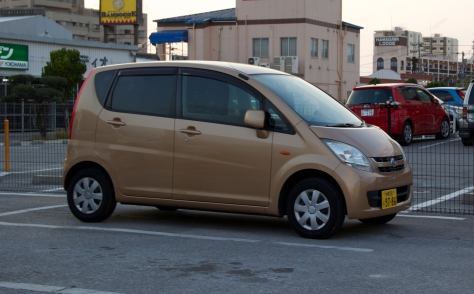All of our “home goods” (i.e. everything we own that didn’t go into storage) arrived in Japan today. Two trucks pulled up, with 6 Japanese moving ninjas, and they unloaded the 8 pallets of stuff we brought. While they carried the boxes up and I ticked them off the 8-page inventory list, it reminded me how differently my last move unfolded. And yes, Japan is a big deal, but that move- from Florida to New York- will always feel like the most significant move of my life.
I landed at JFK with two huge suitcases, a small rollaboard, and the requisite sorority girl Vera Bradley duffel bag thrown over my shoulder. I had arrived. I felt like the budget shoe-clad version of Carrie Bradshaw as I confidently stepped toward the luggage carousel, ready to grab my bags and dart off to my new apartment in midtown. I wrestled the first suitcase off of the conveyor belt and stood it up. I took in the cat scratches the bag had acquired over the last decade in my parents attic. Maybe I wasn’t quite Carrie Bradshaw material just yet. Ahhh… but Holly Golightly! She’d certainly run into something like this along the way that no-named cat of hers. I kept my head high, thinking pearls might have been a nice touch. The second suitcase came into sight. Not so bad, I thought. It clearly hadn’t weathered nearly as many years. I yanked it off of the belt and then just stood there for a second.
How do people roll three suitcases at one time? I wondered. Examining all of my bags. I hadn’t thought about this. The taxi stand was at least 300 yards away. I couldn’t very well do relays, or could I? If your first thought is to wonder why I didn’t instinctively grab a luggage cart, then I would say you are clearly not a seasoned backpacker. I’d never traveled with more than I could carry before, and the truth is, it really just never occurred to me that the carts were an option. So here was my solution: I half-balance the rollaboard horizontally across one of the suitcases and pushed it ahead of me, while I pulled the second one behind me, the duffel bag on top of it. Good enough in theory, but not functional. I could push/pull this way for about 10 feet before the rollaboard would start slipping and I’d have to readjust everything. I felt a little bit of my Golightly-resolve draining with every step.
“This is ridiculous.” I remember thinking, and luckily (I guess) for me, I was not the only one who thought so. After about 50 yards, an older couple who had been on my flight asked if I would like any help. I quickly sized them up, decided they were unlikely to take off running with my cat-scarred suitcase, and nodded sheepishly.
“Yes, I would really, really like your help,” I told the lady, and her husband took one of the larger suitcases from me. We made our way over to the taxi stand, and bless their hearts, they never even pointed out that I could have gotten a luggage cart. (In fact, it wasn’t until nearly a year and a half later when I landed in Tokyo with my husband that I realized what an obvious solution it would have been to my NYC-luggage predicament.) “You stay with the bags, I’ll grab a cart,” he said. “A cart!” I thought. “Of course!”
I pulled the card from my pocket and memorized my new address while I waited for a cab: 455 West 34th Street. That should be easy enough. I got in the cab and said, “Midtown West, please,” hoping I at least sounded like I new where I was going. I could feel myself glowing with excitement as we drove down 34th, past Macy’s, past the New Yorker. I could see the Empire State Building lit up at the opposite end of the street when he stopped the cab and finalized the meter. I looked around in awe that I “lived” here now. I gave him a fifty dollar bill for the forty-something dollar fare. He helped me get my suitcases to the sidewalk, then turned around and got back into the cab. I stood there, on the sidewalk in exactly the same situation I’d been in at the airport: more suitcases than hands, and now, in the middle of midtown Manhattan with absolutely no idea which building was mine. 455… 455…I looked for numbers.
By this time, I didn’t care that I looked stupid anymore- I just needed to get everything inside. I moved one suitcase a couple of feet, then pulled the others to catch up. It took me longer than was necessary, but I made it to the steps, and once there, the doorman came to my rescue. It wasn’t until my next move to an Upper West Side walk-up,that I realized just how much of a luxury that doorman had been.
Maybe I hadn’t made it with nearly as much style and finesse as I would have liked to, but I had, in fact, arrived.




